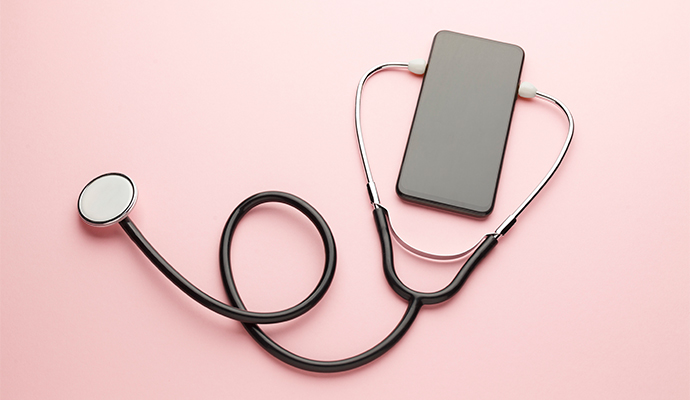Remote Healthcare Delivery Program Improves Cardiovascular Health
New research showed that a remote healthcare delivery program reduced blood pressure and led to higher levels of convenience.

Source: Getty Images
- A remote healthcare delivery program implemented by Mass General Brigham displayed the ability to manage and reduce high blood pressure while simultaneously improving access for traditionally underserved patient populations.
High blood pressure is a serious and very common condition. According to the Centers for Disease Control and Prevention (CDC), there were 670,000 deaths in the United States in 2020 that had hypertension as a primary or contributing cause.
With the goal of reducing deaths related to high blood pressure and cholesterol, a team from Mass General Brigham added a remote healthcare program that leveraged digital solutions to eliminate care barriers, especially among those who are traditionally underserved. Underserved populations oftentimes face difficulties accessing in-person care and therefore managing their chronic conditions. T“Coming into a brick-and-mortar office can present a high burden for patients who have chronic conditions or for people who live far away,” corresponding author Benjamin Scirica, MD, MPH, of the Division of Cardiovascular Medicine at Brigham and Women’s Hospital, a founding member of Mass General Brigham, said in a press release.
“We began this remote care delivery program before the pandemic began. And when the pandemic started, we saw a significant increase in our enrollment and a greater interest in the advantages of remote care. Patients want innovative solutions to more easily engage with the health system. Our program provides strong evidence that remote care can work and can make a difference in patients’ lives,” continued Scirica.
With the inclusion of over 10,000 participants from dozens of clinics and hundreds of practices, researchers collected over 424,000 blood pressure readings and over 139,000 laboratory reports. Specifically, the study included two programs, one related to lipids and the other related to hypertension, which included 8,103 and 3,658 participants, respectively.
However, the study reported that 276 patients dropped out of the hypertension program and 817 dropped out of the lipid program.
The study concluded that the average systolic blood pressure reduction was 9.7 mmHG in those who enrolled in the hypertension program with an average cholesterol reduction of 37 mg/dL. Researchers also noted that enrollment rates along with reductions in blood pressure and cholesterol were similar among various racial, ethnic, and primary language groups.
Despite the conclusion positive association between the remote monitoring program and hypertension and cholesterol management, researchers suggested a further review of financial effects.
Similarly, a study from November found that a 12-week remote support program led to improved blood pressure. For the study, researchers divided patients into two groups: both received lifestyle guidance from the American Heart Association, however, only one received support from a dietician.
Following the research period, data indicated that both groups displayed reductions in 24-hour systolic blood pressure. However, the dietician support group participants showed a more substantial reduction in systolic blood pressure while asleep.
